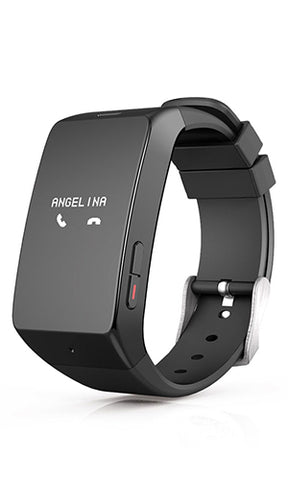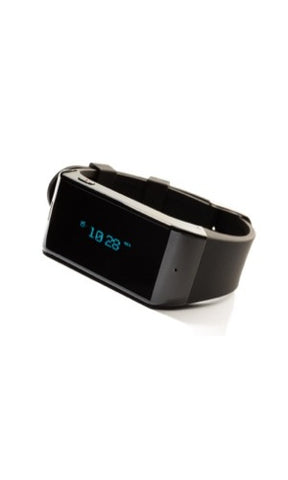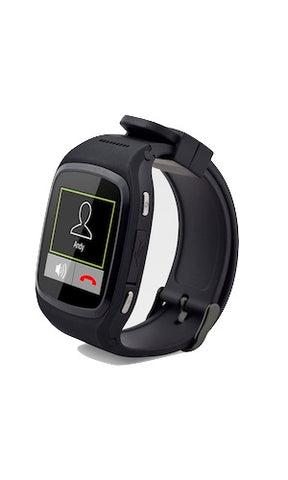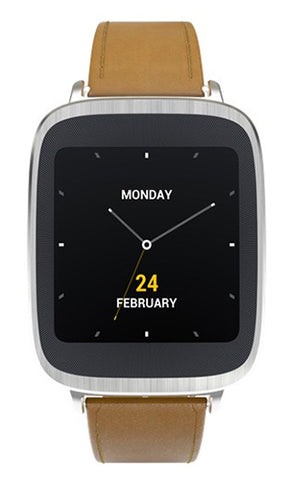Under the hood: We broke apart the Apple Watch with Teardown.com
Written By
Wearables.com
The Apple Watch is a monumental wearable device in that it’s created significant mass appeal for what some argue is, essentially, a non-essential product. Even Apple CEO Tim Cook went so far as to call it the “first modern smartwatch — this first one that matters.” It may be a new product category for Apple, but Cook also described the Apple Watch as “the most personal product [Apple has] ever built.”
On an aesthetic level, the Apple Watch at once stays true to its brand identity (it’s a visually undeniable partner to the iPhone) and creates a new standard of technological beauty. From the pristine Ion-X Glass Retina display to a band that fits like second skin and a heavily marketed Taptic Engine system, it seems no detail went unconsidered.
Or did it? Our expert friends at TearDown.com eagerly began to gingerly break apart the device on April 24th to see if what’s inside reaches a new level of achievement. With the teardown still underway, here’s what the analysts deem extremely noteworthy thus far.
Apple protects, and hides, the Watch’s electronic design under a silver cap
The integrated circuits (ICs) and other electronic components have a waterproofing and shock resistant epoxy (S1 Encapsulation) covering them. Teardown.com has confirmed that this is in fact an accelerometer/gyroscope from STMicroelectronics. The S1 encapsulation material looked to be the ‘silver metal paint’ material used in the iPhone6, and could act as shielding. Shielding is used to protect keep radio frequencies from interfering with electronics both within the same device as well as other electronic devices.
Force Touch Sensor Flex doubles as a display gasket
The Apple Watch Force Touch Sensor Flex doubles as a display gasket, which is smart on Apple Watch’s part. By combining the gasket and the sensor, Apple has conserved valuable real estate. Being that the smartwatch is so small, Apple had to be very considerate in building a the device in a way that wouldn’t compromise function.
A highly complex magnetic charger
The magnetic charger is one of, if not the most, complex designs Teardown.com has ever seen. In comparison, the Apple Watch magnetic charger requires double the amount of electronics than was seen in the Moto 360 charger. The innovative design marks either an integration of many functions inside the device, or it perhaps transfers some of the device’s functions into the magnetic charger.
A single sided PCB design
All of the main ICs are on one side of the S1 PCB (“printed circuit board”), which yields quicker assembly time. Single sided PCB designs are generally less time consuming to manufacture and easier to test, both of which factor into the cost of making the watch.
An impressive use of space
The printing of the model number of the Watch is impressive in and of itself. It was likely laser etched, but serves as another significant use of space (or lack thereof). Traditionally, manufacturers are required to include certain disclosures such as identification marks, Apple has shown real ingenuity here by laser etching some of these marks directly into the area where the smartwatch band clasps.
So how much did it cost to make?
TearDown.com, based on their 15 years of expertise and over 2,500 bits of technology, estimates that the initial bill of materials for the Apple Watch is roughly $138.50. This estimate is for the 42 mm Apple Watch. This cost does not include any investment in research & development, custom tooling, warranty costs, development of proprietary alloy materials, packaging, or investment in intellectual property. The Apple Watch reviewed during this tear down had a stainless steel housing and sapphire cover glass, as opposed to the aluminum or cheaper Ion-X glass found in the Apple Watch Sport.
Among Apple’s design wins were the use of SanDisk (8 gigabytes of NAND and Flash Memory), Micron with 1 Gigabyte of DDR3, ST Micro with the accelerometer, and Broadcom with the communications chip technology. The fit, finish, and customer experience are all top rate.
The post Under the hood: We broke apart the Apple Watch with Teardown.com appeared first on Wearables.com.
Tags: apple watch, Featured Items, smartwatch, Smartwatches, Tear Down









